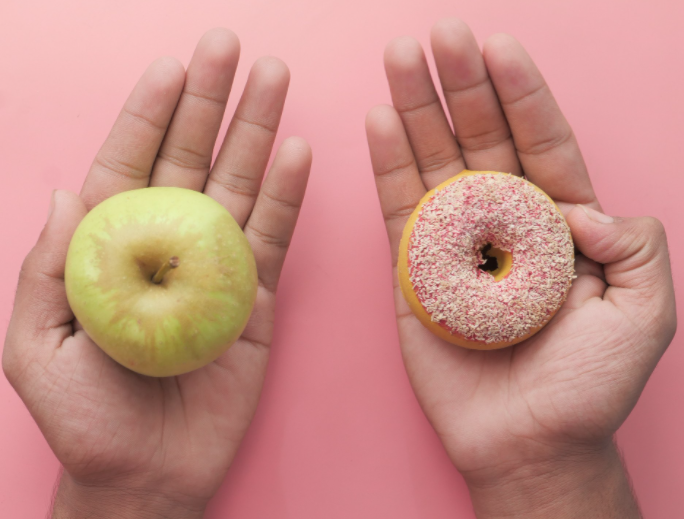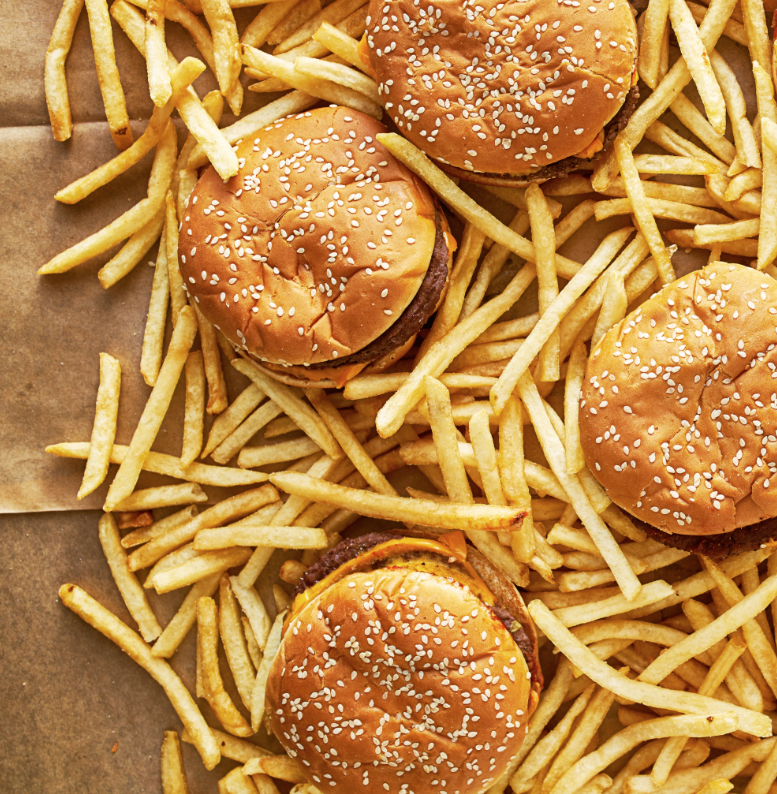By: Heidi Wagenbach
I like gum. I have a piece or two every other day when I need my breath to be mintier after a garlicky meal or want to make sure I don’t have food stuck between my teeth. For a while, when I would go to the dentist, they would tell me to stop chewing gum because my jaw was popping. Thus, I limited the amount I ate, and have had no problems since then.
But it got me thinking: is chewing gum something that professionals (definitely not teachers) encourage or discourage?
A Squished History
Mayan archaeologist Jennifer P. Mathews determined that chewing gum has been around on this continent for hundreds of years, called “chicle,” the resin extracted from the sapodilla tree in Southern Mexico and Central America. Think about it as the tree’s natural band-aid, meant to form a protective layer over cuts in the bark. The Mayans discovered they could collect it and create a chewable substance by cooking and drying it into what they called “cha.” This goodie “quenched thirst and staved off hunger,” as well as freshened breath.
However, they viewed public gum chewing as unacceptable, especially for adult men and married women. A quote from Spanish missionary Bernardino de Sahagun in the 16th century states:
“All the women who unmarried chew chicle in public. One’s wife also chews chicle, but not in public… with it they dispel the bad odor of their mouths, or the bad smell of their teeth. Thus they chew chicle in order not to be detested.”
From the Greeks to Wrigley
The Mayans weren’t the first to gain inspiration from nature’s substances. Pliny the Elder, a Roman author, wrote about a plant-based gum called “mastich” by the Greeks and evidence suggests that chewing birch bark tar was popular with young Scandinavian people thousands of years ago. Northern Native American cultures chewed Spruce tree resin and European settlers picked up on the habit and capitalized on it.
This is where American inventor Thomas Adams Sr. comes in. He got a supply of chicle through a connection with the exiled Mexican president and came up with the idea of boiling then hand-rolling it into pieces of chewing gum. Young soap salesman William Wrigley worked for a company who gave free gum to vendors who placed large soap orders. Yet he soon discovered that gum was more popular so he switched careers. When he passed away in 1932, he was one of the richest men in the nation; the average American chewed 105 sticks per year in the 1920s.
Ultimately, human appetite outmatched nature’s resources. Unsustainable harvesting methods killed ¼ of Mexico’s sapodilla trees by the mid-1930s. Companies then switched to cheaper synthetic bases and no longer imported ingredients from Mexico.
Alright, I bored you enough with the history of chewing gum. Now onto the important issue of this article: is chewing gum good for you?

Yes!
The benefits of chewing gum are well… beneficial. Making a habit of indulging on gum occasionally is shown to slim your waistline because your cravings are curbed. (I used to eat a piece of Extra’s Mint Chocolate Chip flavored gum when I wanted something sweet, but low calorie, and sure enough, I would avoid intaking dessert later). Studies have shown that people who chew gum ate 36 calories less… and while that doesn’t sound like a whole lot, it adds up.
Gum can keep your teeth healthy (if it’s sugarless; sugary gum causes plaque and tooth decay). It increases the flow of saliva, which contains calcium and phosphate, while removing food gunk from your previous meal. Gum can also improve your short-term memory, since it’s speculated to increase blood flow to the brain (I would always chew a piece while tackling a final test during high school and college!). It also fights drowsiness, reduces heartburn, as well as lowers anxiety/depression/fatigue. Gum can also help prevent ear infections in children, as well as alleviate ear barotrauma (aka that clogged-up, painful feeling) when pressure changes during airplane travel. Specific chewing gum helps people quit smoking, and can assist in gut recovery after a surgery.
… And No?
Some of the ingredients in gum are speculated to be unhealthy in large amounts (much like food coloring, but that’s another article).
Butylated Hydroxytoluene (try saying that five times fast…) is an antioxidant and preservative that prevents fats from going rancid. Animal studies show that high doses can cause cancer, but the results are mixed. Low doses at 0.11 per pound of body weight is considered safe by the FDA (Food and Drug Administration).
Titanium dioxide is a food additive that whitens products and gives them a smooth texture. Rats have developed nervous system and organ damage during extensive tests; scientists have yet to determine what a safe limit is for humans.
Aspartame is an artificial sweetener that can pose issues like headaches to cancer to obesity, but the evidence is weak. Sugar alcohols have a laxative effect, and chewing a lot of gum could result in digestive stress or diarrhea. An excess amount of gum could also cause jaw problems, resulting in pain when you chew. Health experts advise chewing gum that’s made with xylitol, a natural sugar found in fruits and vegetables.
In The End
Chewing gum is like anything we eat nowadays: good in moderation. If you avoid unnecessary ingredients that may have negative health effects on your health later on, then I see no reason to not chew a piece of gum now and again. Especially if you’re at work and want to avoid bad breath for the rest of the day or if you want to have extra focus while taking a test, gum has countless good stimuli for your body while making your teeth cleaner. I mean if it’s been around for centuries, then there must be a certain charm about it, right?
Sources:
A Brief History of Chewing Gum
Surprising Benefits of Chewing Gum
The Reason Chewing Gum Helps Your Ears While Flying – And Why Some Experts Advise Against It




